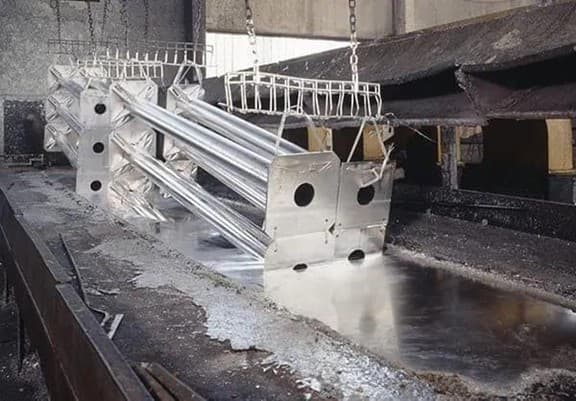
By: Nick Nooren, Head of Proteus Marketplace developed by Xergy
The pandemic has proved remote work is here to stay. It is not a new phenomenon, but legacy-driven cultural traditions have meant this approach to work has not been permanent in operational strategies. This has now changed.
We must learn from the past year that tailoring remote work to meet the needs of both the company and each individual is paramount for growth. If companies are smart, they can maximise the benefits and mitigate the challenges of remote, hybrid and office work.
The next generation of workers is looking for an attractive work environment. They won’t hesitate in taking their time and skills elsewhere if such an environment is not available.
Remote work efficiencies
Talent engagement is no longer confined by locality. The beauty of remote work is that the talent pool significantly expands. Commuting to work is no longer required means companies can harness the expertise of professionals across the country and even the globe.
We already see many examples where companies reduce office space to have more investment available for their talent, technology and operations. The benefits are significant for employees too.
Workers now have flexibility on time spent on the frequent internal meetings that do not always offer value. Time management is on the worker’s watch, not on the manager looking over their shoulder. The silo of working away from the office affords greater concentration on the task ahead. However, striking the right balance between concentration and collaboration can be challenging.
The health benefits of remote work are also significant. It shouldn’t take a global pandemic to conclude virtual offices are safer. Pressures that often cause employees to hand in their notice, such as commutes and physical conditions mitigated as workers’ mental health and wellbeing is driven by freedom of choice.
The challenges of a distributed team
However, remote work is not all sunshine and roses. Collaboration starts to get complicated without the right technology in place, and culture may be impacted due to the loss of physical interaction.
As we know, communication is paramount. Remotely it can be hard to deliver a message with the right tone and body language. Not to mention keeping up conversations when coordinating teams or managing workload. Communication barriers feed into collaboration, brainstorming and creative problem-solving. Revisiting your technology stack is key to ensuring communications are supported.
From a personal development perspective, there is a difference between mentoring and shadowing experienced colleagues. Driving initiative to block time out in calendars to ensure this is achieved will be fundamental in driving the water-cooler chats or random brainstorming sessions over lunch that are not so frequent anymore.
There’s also the obstacle of maintaining oversight of staff remotely. Not only engagement levels but burnout. Working through lunch or simply ‘the extra hour’ can be a challenge to enforce work-life boundaries for the wellbeing of staff. Managing a distributed team can be testing. With the right technology in place, the sticking points will be loosened.
Technology solutions
The Global Working From Home Survey found that UK workers overwhelmingly believe they are not equipped to work from home permanently.
With tools like video conferencing software readily available and cost-effective, facilitating constant and open two-way communication has never been easier. Collaboration channels can both remove creative barriers and schedule virtual coffee chats to mimic the across desk catchups.
Cloud-based work management software can connect distributed teams and offer oversight on progress. Delivering tomorrow’s office as a hybrid hub, open to flexibility, will maximise the benefits of remote work and maintain the necessary collaborative human interactions.
Other technological capabilities such as AI and machine learning can recognise and take on menial and tedious tasks. Refocusing efforts in the business that need immediate human attention will drive benefits across business operations and efficiencies within teams.
Business development moving forward
Thanks to the newfound vigour with which technology supports remote work progress, businesses are considering whether physical presence at work is truly the most efficient utilisation of employee time.
All sectors have experienced a level of disruption over the past year. The shifts in remote work and the use of technology have their challenges. Embracing digital as the partner to move through this shift will prepare for future disruption and the development of the office of tomorrow, wherever that is.
Some companies may return to normal, and others will continue on this trajectory. The understanding that technology is driving teams to work smarter, not harder, will be a great benefit in the longer term. This is no longer a disruption or experiment but our new reality.



